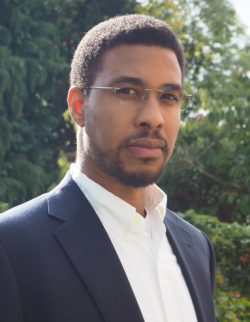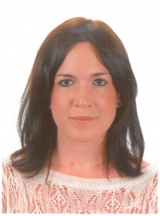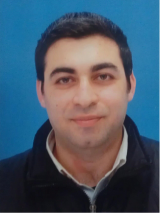People
Group Members:
|
Dr Marcus C. Newton BSc (London), PhD (UCL), MInstP Principal Investigator Academic BackgroundDr. Newton is a lecturer in the department of Physics & Astronomy. He earned his Ph.D. from University College London in the London Centre for Nanotechnology (LCN). He then spent a number of highly productive years at the LCN conducting research in the field of coherent X-ray imaging and utilising the APS light source for experiments on nanoscale crystals. He was then invited to join Hokkaido University as professor of physics at the assistant level and was awarded the prestigious JSPS Kakenhi award to carry out research into ultra-fast structural dynamics using the SACLA X-ray free electron laser (XFEL). He subsequently returned to the UK and joined the Physics & Astronomy department at the University of Southampton. Undergraduate TeachingCrystalline Solids, Nuclear Physics Research InterestsDr. Newton is interested in understanding phenomena in correlated electronic materials such as vanadium dioxide and zinc oxide. His research is focused on the use of coherent X-ray diffraction imaging (CXDI) to study nanoscale materials at hard X-ray synchrotron sources such as the SACLA X-ray free electron laser (XFEL) facility and the Diamond Light Source. He is also at the forefront in the study of self-assembled nanoscale materials and devices. These include group II-VI semiconductor materials such as zinc oxide (ZnO). Dr. Newton also conducts theoretical research into non-linear optimisation and the phase retrieval problem which is encountered in a number of disciplines including X-ray crystallography, sparse-aperture imagery and astronomy. Building on the work of Fields Medallist Terence Tao and others, Dr. Newton continues to investigate how the theory of compressed sensing can be applied to the non-convex phase retrieval problem. He is also the author of the Interactive Phase Retrieval Suite, the first software package that allows for real-time visualisation of the reconstruction of phase information in both two and three dimensions. This is used for analysing diffraction data obtained from coherent X-ray diffraction imaging experiments.
|
|
Elena Ureña Horno Ph.D. candidate Elena joined us in 2014. She is working on ultra-fast imaging of nanometre scale structures. |
Visiting Scientists:
|
Thaer obtained his B.Sci. in computer science from the Faculty of Information Technology, Damascus University, in 2006. He obtained his M.Sci. in information science from the Graduate School of Information Science and Technology, Hokkaido University, Japan. He is now completing his Ph.D. in the Graduate School of Information Science and Technology, Hokkaido University, Japan. Thaer's research theme focuses on nanoinformatics, which is an interdisciplinary research aimed at using information technology to support nanodevices development. Other research interests include named entity recognition, text mining, machine learning and chemical information. He is a member of Information Processing Society of Japan and the Syrian Society for Scientific Research. |


